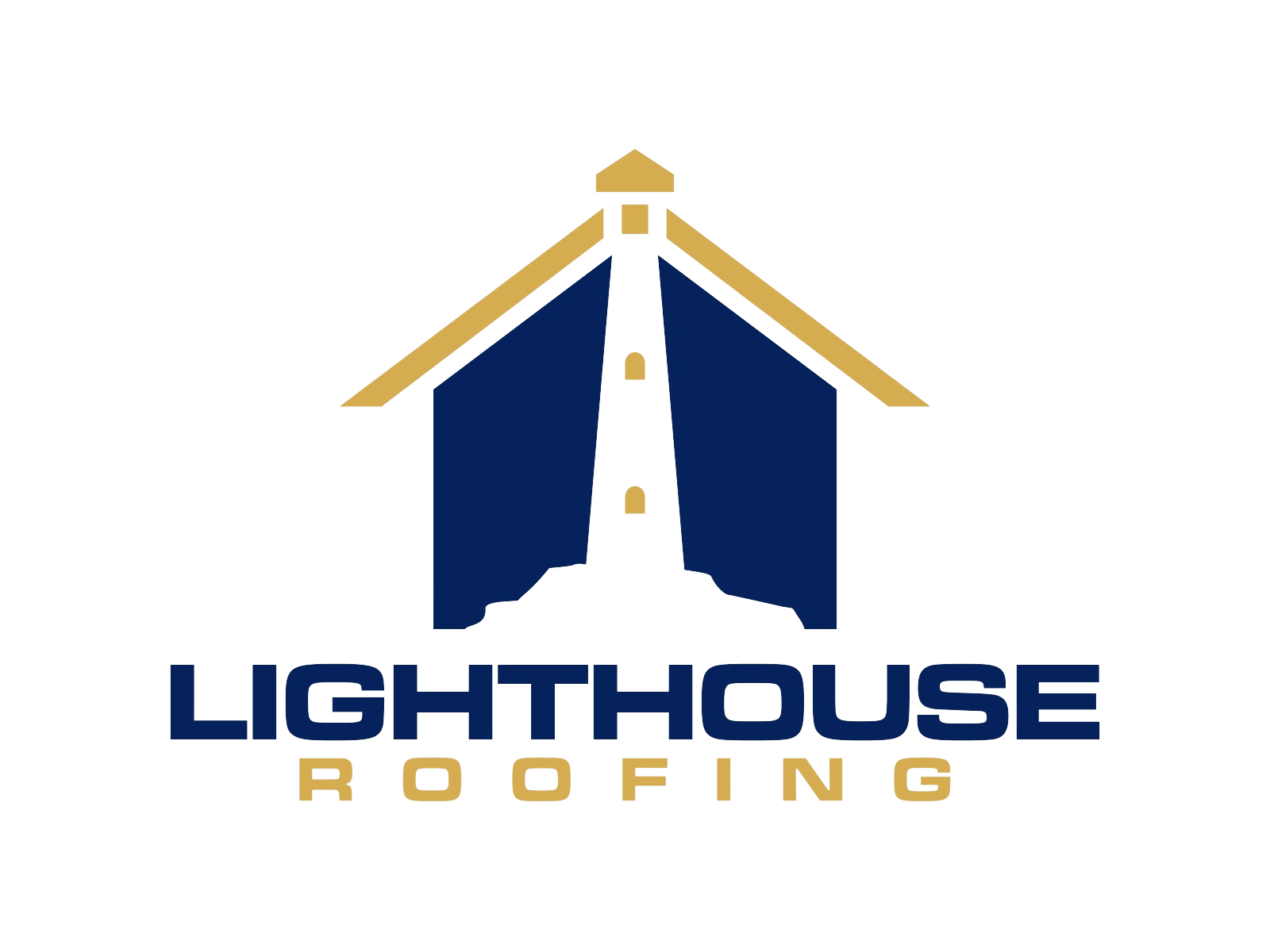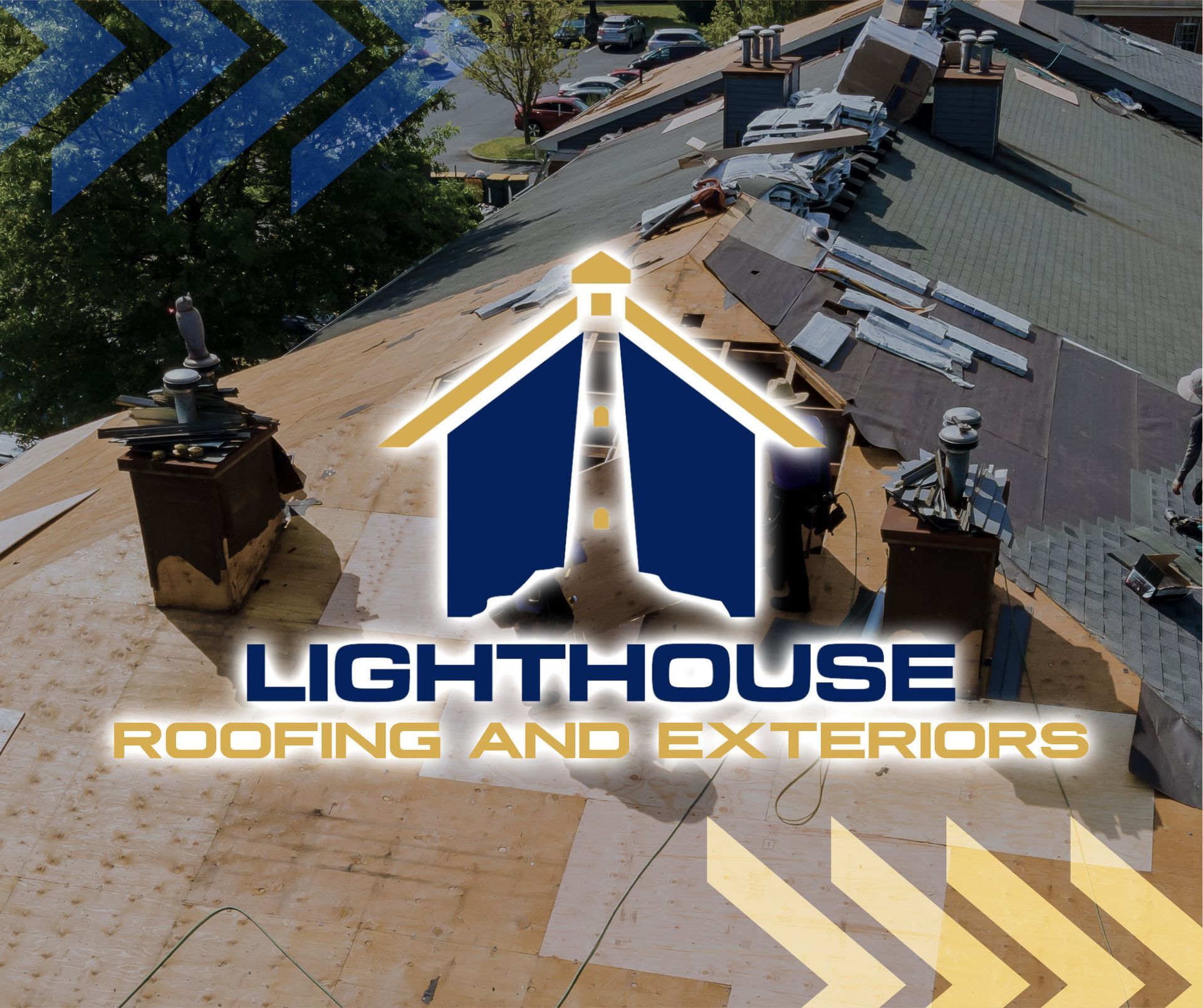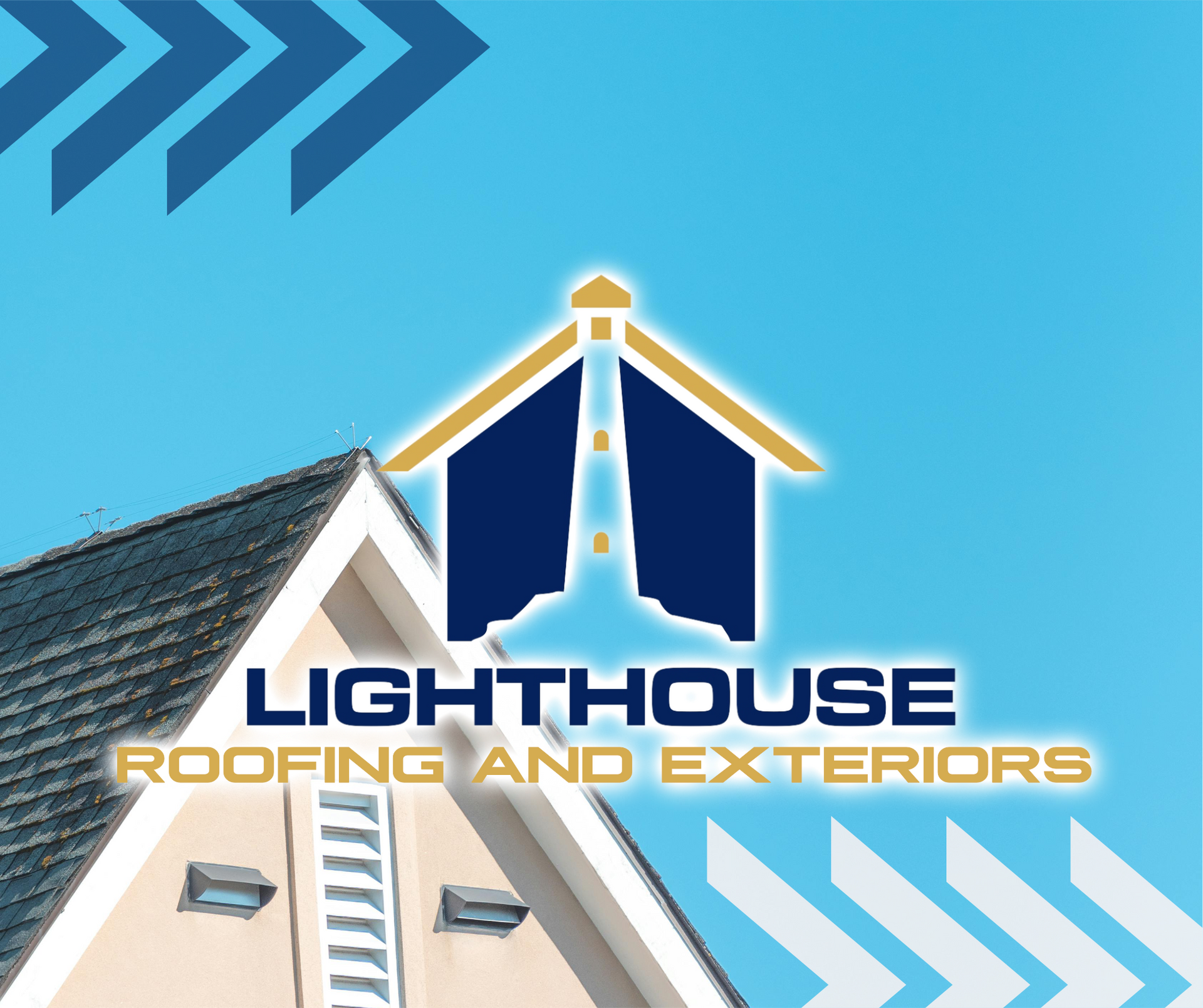Lighthouse Roofing Blog
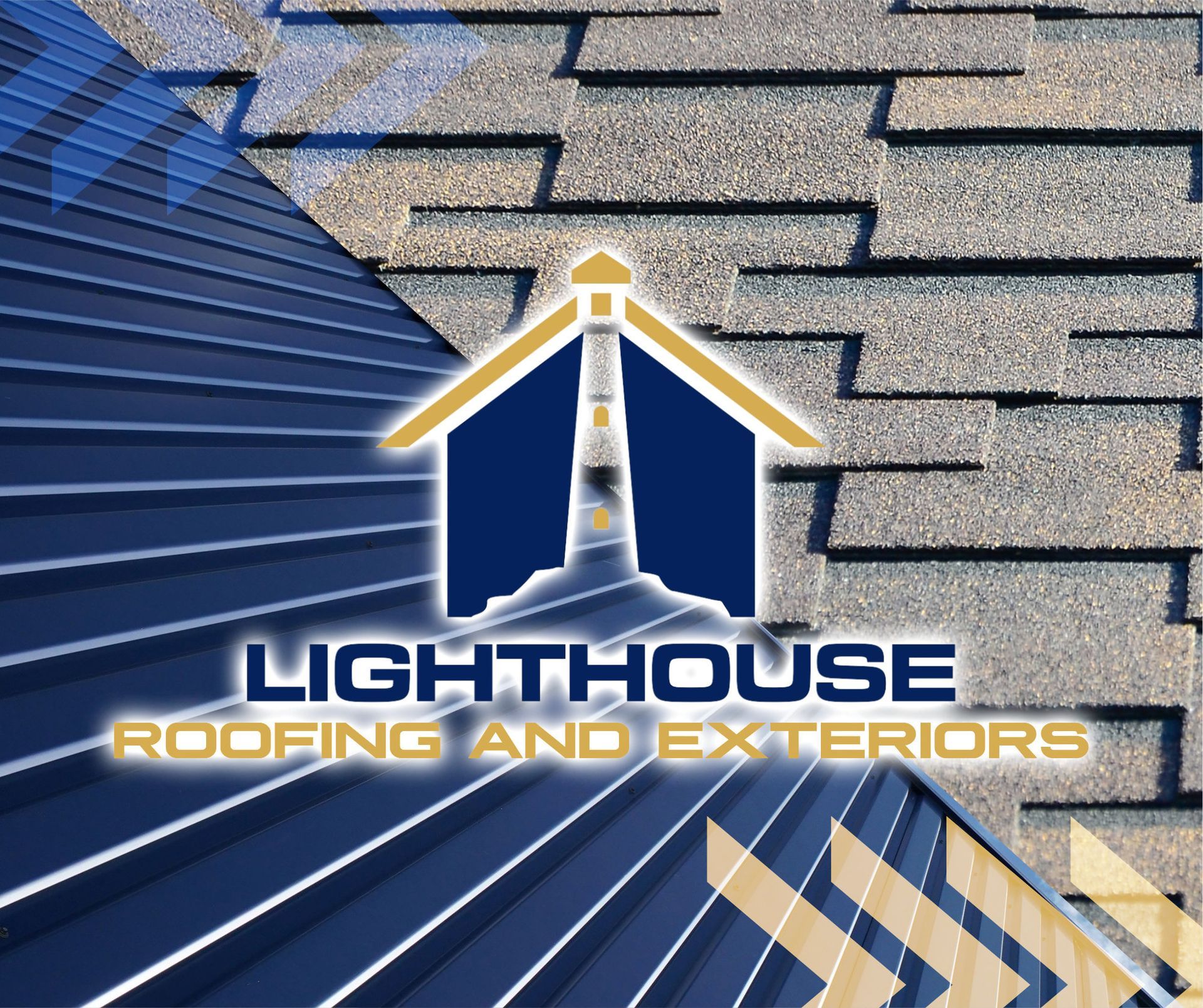
By Mitch Beard
•
March 21, 2025
When it comes to selecting the ideal roofing material for your home, the decision often narrows down to two popular options: metal roofing and asphalt shingles. While metal roofs have their merits, this article focuses on the advantages of asphalt shingles, especially considering the significant improvements in their durability over the years. Advancements in Asphalt Shingle Durability Traditionally, asphalt shingles were known for their affordability and ease of installation, but they had a reputation for a shorter lifespan compared to other materials. However, advancements in roofing technology have substantially enhanced their durability: Fiberglass Reinforcement : Modern asphalt shingles often incorporate fiberglass mats, which provide increased strength and resistance to tearing. This innovation has improved their performance against harsh weather conditions. Improved Asphalt Formulations : The development of modified asphalt formulas has led to shingles that are more flexible and less prone to cracking, thereby extending their lifespan. Laminated Construction : Also known as architectural shingles, laminated shingles offer a multi-layer design that enhances both aesthetic appeal and durability. Benefits of Asphalt Shingles Beyond the improvements in durability, asphalt shingles offer several other advantages: Cost-Effectiveness : Asphalt shingles are generally more affordable than metal roofing, making them an attractive option for budget-conscious homeowners. Ease of Installation and Repair : Their straightforward installation process can reduce labor costs. Additionally, repairs are typically simpler and less expensive compared to metal roofs. Variety of Styles and Colors : Asphalt shingles come in a wide range of designs and hues, allowing homeowners to achieve the desired aesthetic for their homes. Considerations While asphalt shingles have come a long way in terms of durability, it's essential to consider factors such as climate, roof pitch, and maintenance practices when making your decision. Regular maintenance, including cleaning gutters and inspecting for damage, can further extend the lifespan of an asphalt shingle roof. Conclusion With the advancements in technology, asphalt shingles have evolved into a durable and cost-effective roofing solution. Their improved resilience, combined with aesthetic versatility and affordability, makes them a compelling choice for many homeowners. When deciding between metal and asphalt shingles, it's crucial to weigh these benefits against your specific needs and preferences to determine the best fit for your home. For more detailed information on asphalt shingles and their benefits, consider visiting the following resources: Asphalt Shingle Roofs: Ensuring Longevity and Durability How Asphalt Shingles Have Improved Over the Years The Durability of Asphalt Shingles Metal Roofing: Evaluating the Pros and Cons In addition to asphalt shingles, metal roofing is a popular option for homeowners seeking durability and energy efficiency. However, it's essential to weigh both the advantages and disadvantages to determine if metal roofing aligns with your specific needs. Advantages of Metal Roofing Longevity : Metal roofs can last between 40 to 70 years, depending on the material and maintenance, offering a long-term roofing solution. Durability : They are designed to withstand extreme weather conditions, including heavy snow, high winds up to 140 mph, and are resistant to corrosion and impact. Energy Efficiency : Metal roofs reflect solar radiant heat, which can reduce cooling costs by 10-25%. Environmental Considerations : Often made from recycled materials, metal roofs are 100% recyclable at the end of their lifespan, making them an environmentally friendly option. Disadvantages of Metal Roofing Higher Initial Cost : The upfront cost of metal roofing is significantly higher than asphalt shingles, which can be a limiting factor for some homeowners. Noise : Without proper insulation, metal roofs can be noisier during rain or hailstorms compared to other roofing materials. Expansion and Contraction : Metal roofs may expand and contract with temperature changes, potentially causing fasteners to loosen over time if not properly installed. Potential for Denting : While durable, metal roofs can be susceptible to denting from significant impacts, such as large hailstones or falling branches. Conclusion While metal roofing offers benefits like extended lifespan and energy efficiency, it's crucial to consider factors such as higher initial costs and potential noise issues. Advancements in asphalt shingle technology have significantly improved their durability and performance, making them a viable and cost-effective alternative for many homeowners. Ultimately, the choice between metal roofing and asphalt shingles should be based on your budget, aesthetic preferences, and specific environmental considerations. For more detailed information on metal roofing, consider visiting: Pros and Cons of Metal Roofs Advantages and Disadvantages of Metal Roofing The Pros and Cons of Metal Roofing
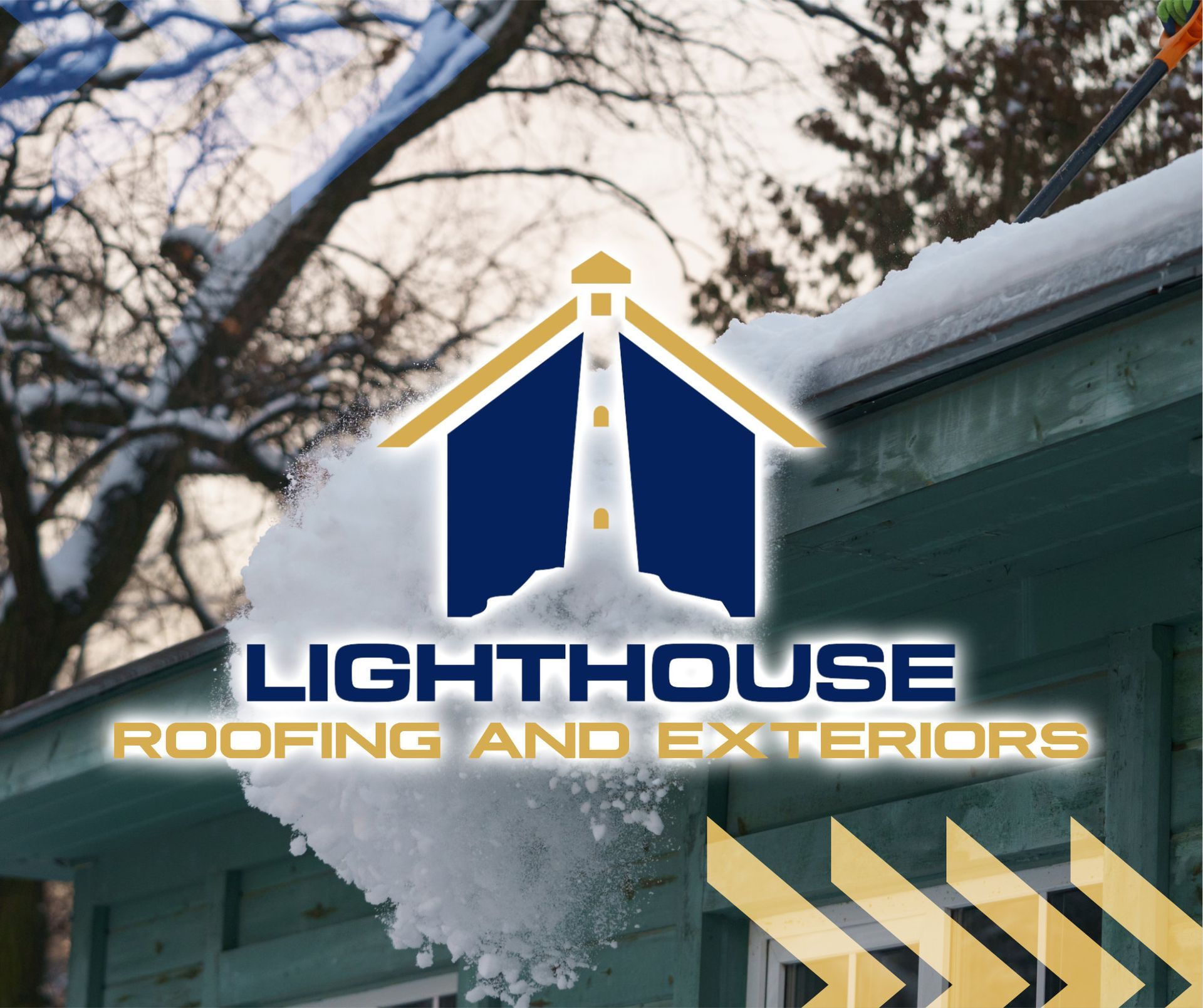
By Mitch Beard
•
February 19, 2025
How to Spot Ice Dams Look for these warning signs: Icicles hanging from your gutters – While small icicles aren’t always a problem, large ones could indicate poor drainage. Ice buildup along the roof’s edge – A thick ridge of ice near the eaves is a telltale sign of an ice dam. Water stains on ceilings or walls – If you notice stains or peeling paint inside your home, trapped water may be leaking through your roof. Sagging or damaged gutters – Excessive ice can weigh down and damage your gutters. How to Fix Ice Dams If you already have ice dams, here’s what you can do: Use a Roof Rake – Carefully remove excess snow with a roof rake to prevent further melting and refreezing. Melt the Ice – Fill a nylon stocking with calcium chloride and place it perpendicular to the dam to help it melt away. Check for Leaks – Inspect your attic for moisture buildup and seal any affected areas. Call a Professional – If the ice dam is large or causing damage, a roofing expert can safely remove it and assess any issues. How to Prevent Ice Dams The best way to deal with ice dams is to stop them before they form. Here’s how: Improve Attic Insulation – A well-insulated attic prevents heat from escaping and melting the snow on your roof. Ventilate Your Roof – Proper ventilation keeps your roof’s temperature consistent, reducing the risk of uneven melting. Clear Gutters Before Winter – Clean gutters allow proper drainage and prevent water from backing up. Check out our blog for good practices when clearing your gutters. Stay Ahead of Winter Roof Damage Ice dams are a serious winter roofing issue, but with the right precautions, you can keep your home safe and dry. If you suspect ice dams are forming or need expert help, Lighthouse Roofing & Exteriors is here to assist! Contact us today to schedule an inspection and keep your roof in top shape this winter!
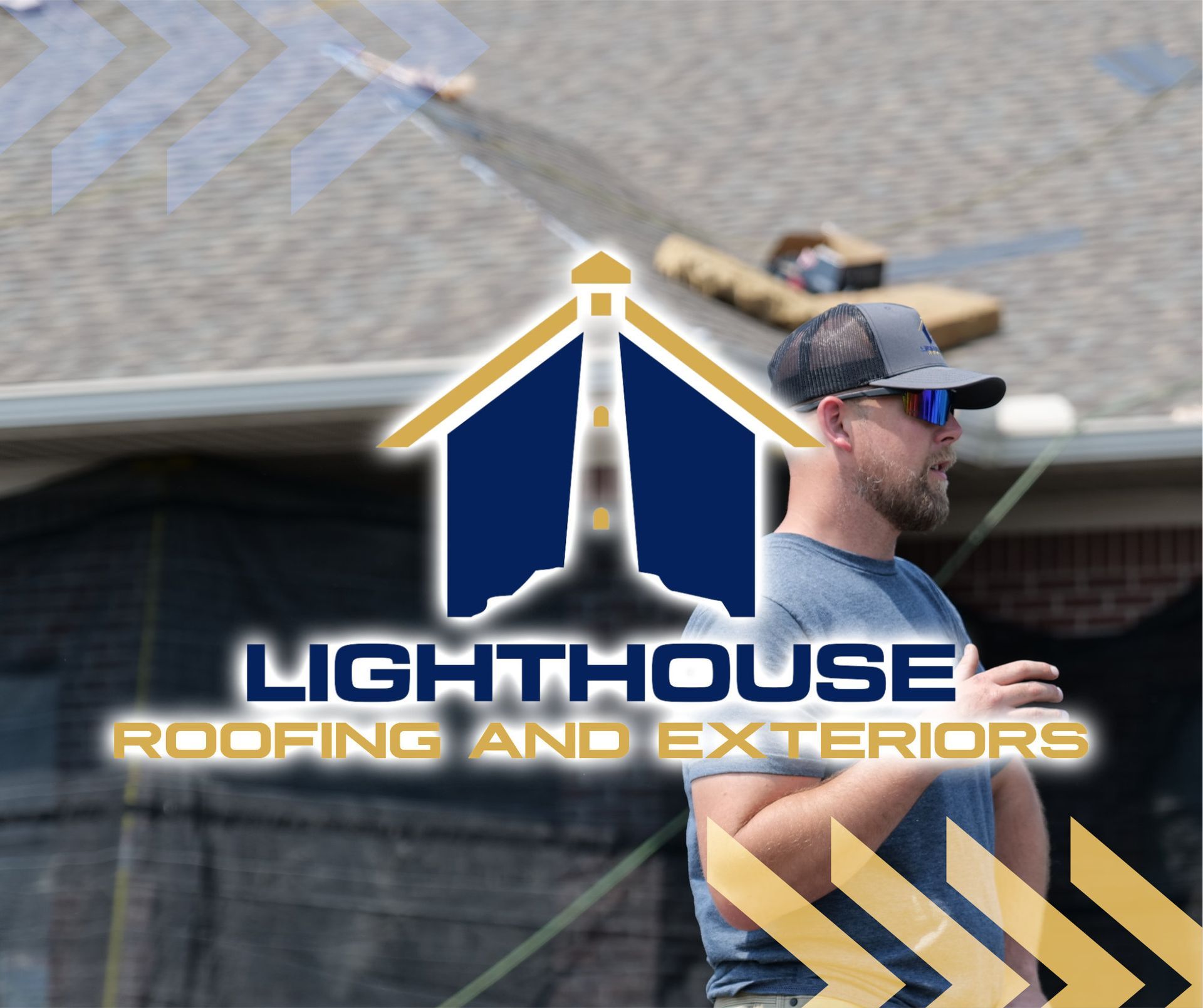
By Dillon Scott
•
February 11, 2025
How to Choose a Trustworthy Roofing Contractor Your roof is one of the most important investments in your home, protecting you and your family from the elements. When it's time for a repair or replacement, choosing the right roofing contractor is crucial. A reputable contractor ensures quality work, fair pricing, and long-term reliability, while the wrong choice can lead to costly mistakes and frustration. Here’s how to find a trustworthy roofing contractor who will get the job done right. Verify Licensing and Insurance A professional roofing contractor should be fully licensed and insured to operate in your area. This protects both you and the contractor in case of accidents or damage during the project. What to check for: A valid business license in your state. Liability insurance to cover property damage. Worker’s compensation insurance to protect workers on your property. Pro Tip: Ask for proof of insurance and verify it with the provider. A reputable contractor will have no problem supplying these documents. Look for Local Experience A contractor with local experience understands the specific weather conditions and roofing needs of your area. They will also be familiar with local building codes and regulations. Why choose a local roofer? Faster response times for emergencies. Knowledge of the best materials for your climate. A reputation you can verify with local references. Pro Tip: Avoid "storm chasers"—contractors who show up after major weather events, do subpar work, and disappear before warranty issues arise. Check Online Reviews and References Customer feedback is a powerful tool for evaluating a roofing contractor. Look for consistent positive reviews and a strong reputation in the community. Where to check reviews: Google My Business Better Business Bureau (BBB) Yelp, Facebook, or Angi Pro Tip: Ask the contractor for 3–5 references from recent jobs. Call these homeowners and ask about their experience, quality of work, and whether they would hire the contractor again. Get a Detailed, Written Estimate A trustworthy roofing contractor will provide a clear, itemized estimate before work begins. This prevents unexpected costs and ensures transparency. What your estimate should include: Cost of materials and labor. Project timeline and completion date. Payment terms and schedule. Warranty details on materials and workmanship. Pro Tip: Be wary of contractors who demand full payment upfront or offer unusually low estimates—it could be a sign of low-quality work or a scam. Understand the Warranty Coverage A solid roofing contractor should stand behind their work with a written warranty . Types of warranties to look for: Manufacturer’s Warranty – Covers defects in roofing materials. Workmanship Warranty – Covers installation errors and labor. Pro Tip: Ask how long the contractor has been in business. A 25-year warranty won’t mean much if the company disappears in five years. Ask About Communication and Project Management Clear communication is key to a smooth roofing project. Your contractor should be responsive, answer questions, and provide regular updates. Questions to ask: Who will be my main point of contact? How will you handle unexpected issues or changes? What is your process for cleanup after the project? Pro Tip: A professional contractor will walk you through the process, keep you informed, and ensure your property is clean when the job is done. Watch for Red Flags Avoid contractors who exhibit the following warning signs: 🚩 High-pressure sales tactics. 🚩 No physical business address. 🚩 Unclear or vague contracts. 🚩 Lack of references or verifiable reviews. 🚩 Unwillingness to provide proof of insurance or licensing. Pro Tip: Trust your instincts. If something feels off, get a second opinion before committing. Choosing a trustworthy roofing contractor doesn’t have to be stressful. By following these steps, you can confidently hire a professional who will protect your home with quality workmanship. At Lighthouse Roofing and Exteriors , we are proud to serve Middle Tennessee with honesty, integrity, and expert craftsmanship . We are licensed, insured, and backed by years of experience in roofing and exterior services. Need a free roof inspection? Contact us today and let’s get started! 🏡🔨 Would you like an infographic or social media caption to go along with this blog post? Let me know!
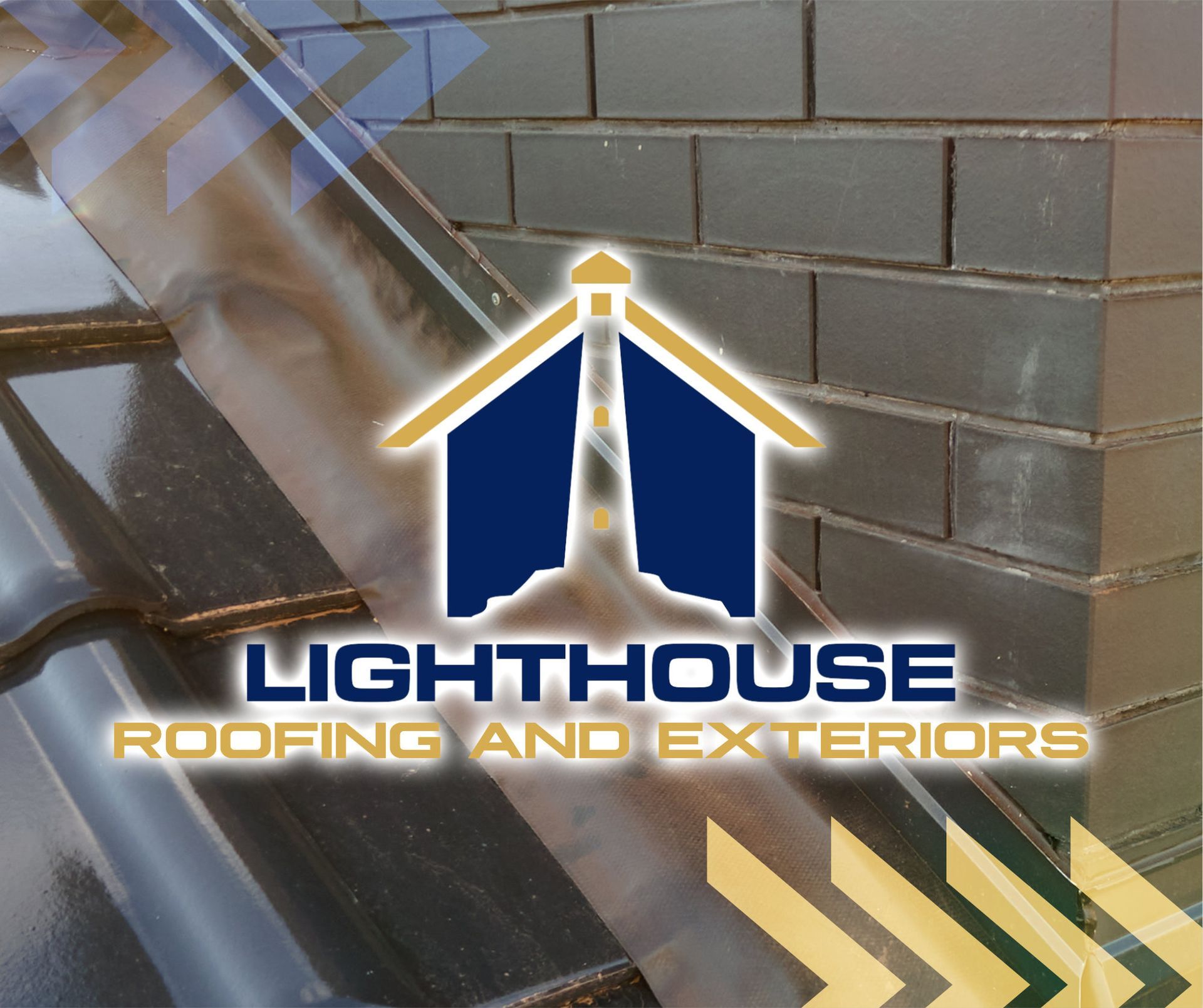
By Mitch Beard
•
February 3, 2025
The Role of Flashing in Keeping Your Roof Leak-Free When it comes to protecting your home from water damage, your roof plays the starring role. But behind the scenes, one unsung hero works tirelessly to ensure your roof stays leak-free: flashing . While it might not be as visible or well-known as shingles or gutters, flashing is a critical component in your roof’s defense system. Here’s what you need to know about flashing, why it’s essential, and how to ensure it remains in top shape. What Is Roof Flashing? Roof flashing is a thin, weather-resistant material—typically made of aluminum, steel, or copper—that is installed at vulnerable areas of your roof to redirect water away from key structures. Flashing is strategically placed around: Chimneys Skylights Vents and pipes Roof valleys Edges and corners Its primary job? To create a watertight seal and prevent water from seeping into your roof’s underlayment, where it can cause leaks and long-term damage. Why Is Flashing So Important? Prevents Water Damage Without proper flashing, water can find its way into the smallest cracks and gaps, leading to leaks, mold, and wood rot. Over time, this can weaken your home’s structural integrity and result in costly repairs. Protects Roof Valleys Roof valleys are particularly vulnerable because they handle large volumes of water runoff. Flashing ensures that water flows smoothly off your roof instead of pooling or penetrating the surface. Extends Roof Lifespan By keeping water out of critical areas, flashing helps preserve the overall health of your roof, extending its lifespan and reducing the need for frequent repairs. Enhances Energy Efficiency Leaky roofs allow moisture to enter your attic, potentially leading to insulation damage. Proper flashing helps maintain a sealed environment, which improves energy efficiency and lowers heating and cooling costs. Types of Roof Flashing Different types of flashing are used for various parts of the roof. Here’s a quick breakdown: Step Flashing : Installed in roof valleys and along roof-to-wall intersections. Counter Flashing : Works in tandem with step flashing to seal areas around chimneys and walls. Drip Edge Flashing : Placed along the roof’s edges to guide water into the gutters. Vent Pipe Flashing : Encircles roof penetrations like plumbing vents and pipes. Skylight Flashing : Seals the edges of skylights to prevent leaks around the opening. Signs Your Flashing Needs Attention Flashing is designed to last, but like any roofing component, it can deteriorate over time. Watch out for these warning signs: Rust or corrosion : Metal flashing can rust when exposed to the elements for extended periods. Cracks or gaps : Damage to the flashing can allow water to seep through. Loose or missing pieces : High winds, storms, or improper installation can dislodge flashing. Stains or leaks inside your home : Water stains on ceilings or walls are often a sign of flashing failure. How to Maintain and Repair Roof Flashing Regular Inspections Inspect your flashing at least twice a year—once in the spring and once in the fall—or after major storms. Pay close attention to areas around chimneys, skylights, and roof valleys. Seal Small Gaps If you notice small cracks or gaps, apply roofing caulk or sealant as a temporary fix. Replace Damaged Flashing For significant damage, it’s best to replace the flashing entirely. Professional roofers can ensure proper installation to avoid future issues. Ensure Proper Installation Poorly installed flashing is one of the leading causes of roof leaks. Always hire experienced roofing professionals to handle flashing installation and repairs. Why Choose Lighthouse Roofing and Exteriors? At Lighthouse Roofing and Exteriors , we know that even the smallest details can make a big difference in keeping your roof leak-free. Our team specializes in identifying and repairing flashing issues, ensuring your roof stays strong and watertight. If you’re concerned about your roof’s flashing or have noticed signs of a potential leak, don’t wait for the damage to worsen. Contact us today for a comprehensive roof inspection and expert repair services.
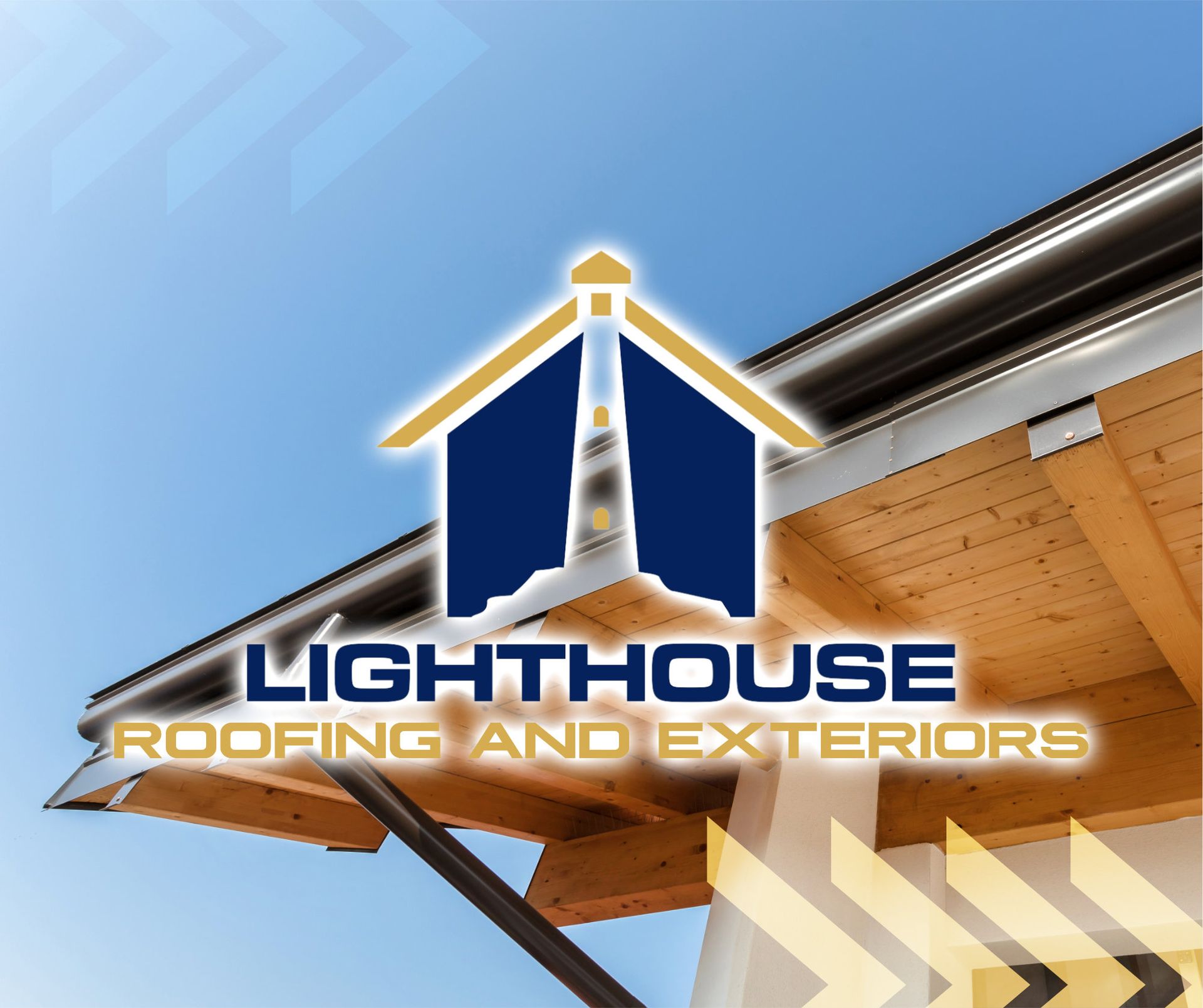
By Dillon Scott
•
January 27, 2025
The Hidden Costs of Ignoring Gutter Maintenance Gutters play a crucial role in protecting your home from water damage by directing rainwater away from your roof, foundation, and landscaping. Yet, they are often overlooked when it comes to routine home maintenance. Neglecting your gutters may seem like a harmless oversight, but it can lead to costly consequences. Let’s dive into the hidden costs of ignoring gutter maintenance and why it’s essential to keep them in good shape. Foundation Damage When gutters become clogged with debris like leaves, twigs, and dirt, they can no longer efficiently channel water away from your home. Instead, water can overflow and pool around your foundation. Over time, this can lead to: Cracks in your foundation : Excess water weakens the soil beneath your home, causing it to shift and crack. Basement flooding : Water seeping through foundation cracks can result in a wet or flooded basement, costing thousands of dollars in repairs. Roof Damage Clogged gutters can cause water to back up onto your roof, leading to: Roof leaks : Stagnant water seeps into shingles and underlayment, creating leaks that damage your home’s interior. Ice dams in winter : In colder months, clogged gutters increase the risk of ice dams, which can lift shingles and cause further damage. Ignoring these issues can result in roof repair costs ranging from $500 to $5,000 or more, depending on the extent of the damage. Siding and Exterior Damage Overflowing gutters can damage your home’s exterior by allowing water to: Stain siding : Water dripping down the side of your house can leave unsightly stains and streaks. Cause wood rot : Excess moisture can lead to rotting fascia boards, soffits, and other wooden elements. These repairs are not only costly but can also detract from your home’s curb appeal. Pest Infestations Clogged gutters filled with standing water create the perfect breeding ground for pests, such as: Mosquitoes, which can spread diseases like West Nile Virus. Rodents and birds, which can make nests in the debris and potentially find their way into your home. Dealing with a pest infestation can result in exterminator fees and damage to your property. Landscape Erosion When gutters overflow, they can wash away soil and mulch, damaging your landscaping. The costs of repairing erosion, replacing plants, and re-mulching your yard can quickly add up, not to mention the time and effort required to restore your outdoor spaces. Decreased Home Value A home with visible water damage, foundation cracks, or a sagging roof sends red flags to potential buyers. Neglecting gutter maintenance can reduce your home’s resale value and make it harder to sell when the time comes. How to Avoid These Costs The good news is that gutter maintenance is a simple and cost-effective way to prevent these hidden expenses. Here’s how: Clean gutters regularly : Aim to clean your gutters at least twice a year—once in the spring and once in the fall. Install gutter guards : These devices can help minimize debris buildup, reducing the need for frequent cleaning. Inspect for damage : Check for leaks, sagging, or other issues during routine maintenance. Hire professionals : If you’re unsure how to clean or repair your gutters, a professional service can handle the job safely and efficiently. At Lighthouse Roofing and Exteriors , we understand the importance of maintaining every aspect of your home. From gutters to roofing, our expert team is here to help you safeguard your property. Contact us today for a consultation or to schedule your gutter maintenance service.
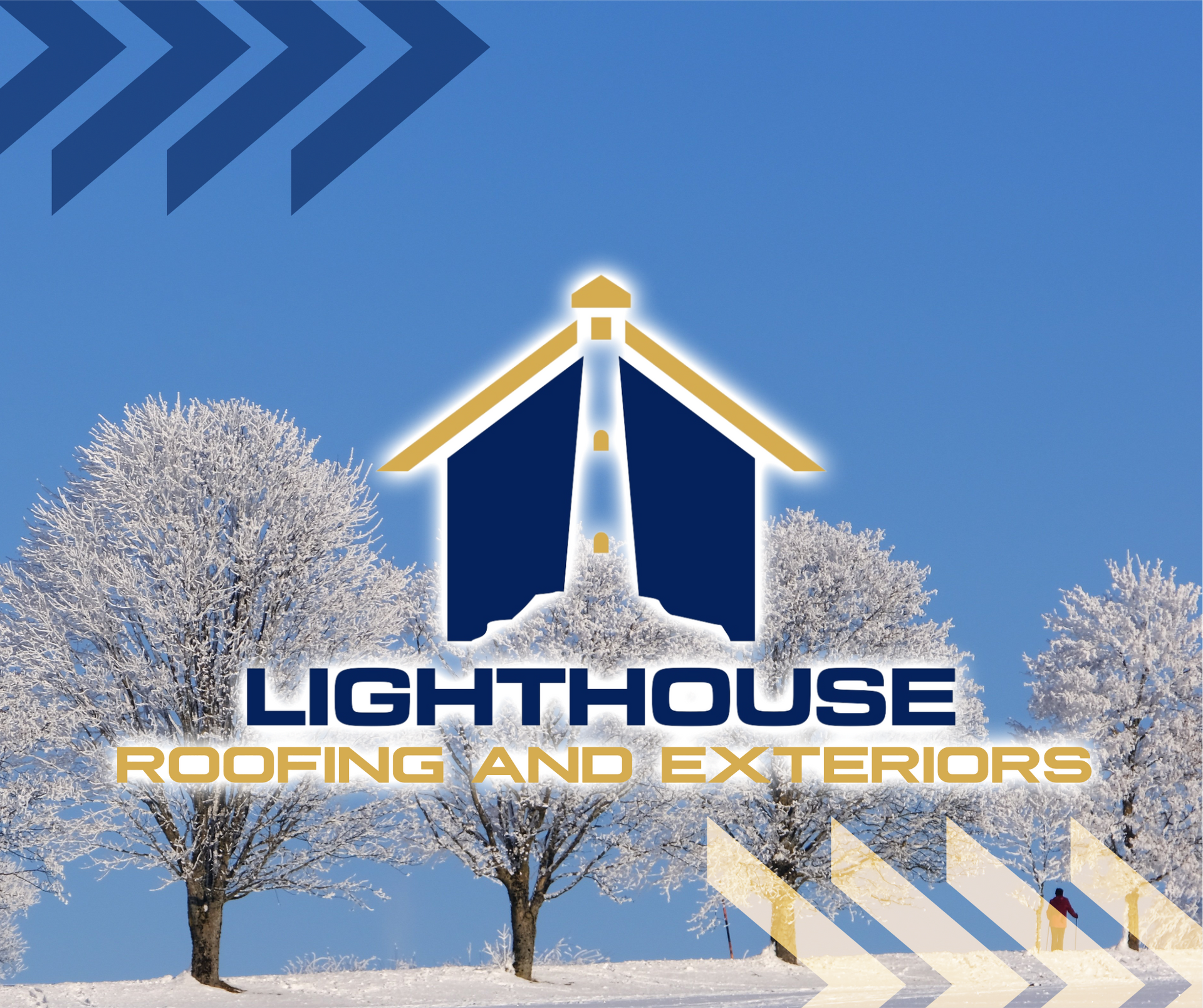
By Mitch Beard
•
January 15, 2025
Winter Home Maintenance Checklist for Middle Tennessee Winter is here, and in Middle Tennessee, that means cold nights, frosty mornings, and the occasional snowstorm. To ensure your home is ready to handle the season’s chill, here’s a comprehensive winter home maintenance checklist. Taking these steps now can save you from costly repairs and keep your family warm and safe all season long. 1. Inspect and Prepare Your Roof Your roof is your home’s first line of defense against winter weather. Ensure it’s up to the task: Check for missing, loose, or damaged shingles. Clear debris from your roof and gutters. Look for signs of sagging or leaks in your attic. Consider scheduling a professional inspection to catch any hidden issues. 2. Clean and Secure Gutters Clogged gutters can lead to ice dams, which can cause significant damage to your roof and home. Remove leaves and debris from your gutters. Ensure downspouts direct water at least 10 feet away from your foundation. Install gutter guards for added protection. 3. Seal Drafts and Insulate Keep the cold air out and the warm air in by sealing and insulating your home: Use weatherstripping around doors and windows. Seal gaps in your attic and basement to prevent heat loss. Add insulation where needed to keep your home energy-efficient. 4. Check Your HVAC System Your heating system is working overtime during the winter. Make sure it’s up to the challenge: Replace your air filters monthly. Schedule a professional HVAC inspection and tune-up. Check your thermostat settings and consider upgrading to a programmable thermostat for energy savings. 5. Protect Your Pipes Frozen pipes can cause major water damage. Take these precautions: Wrap exposed pipes with insulation or heat tape. Disconnect and drain garden hoses. Let faucets drip on particularly cold nights to prevent freezing. 6. Inspect Exterior Walkways and Driveways Snow and ice can make outdoor surfaces hazardous. Fill any cracks in your driveway or walkways to prevent further damage. Keep salt or sand on hand to improve traction during icy conditions. 7. Test Smoke and Carbon Monoxide Detectors Winter means more time indoors with heating systems running. Ensure your family’s safety by: Testing all smoke and carbon monoxide detectors. Replacing batteries if needed. Installing detectors on every level of your home. 8. Stock Up on Winter Essentials Be prepared for winter storms and power outages by having: A reliable snow shovel and ice scraper. Backup power sources like a generator or battery packs. Emergency supplies, including flashlights, blankets, and non-perishable food. 9. Inspect Your Chimney and Fireplace If you have a fireplace, make sure it’s safe and efficient: Schedule a chimney cleaning to remove creosote buildup. Check for cracks or damage in the chimney structure. Ensure the damper opens and closes properly. 10. Call Lighthouse Roofing and Exteriors for Help Winterizing your home can be a big job, but you don’t have to do it alone. At Lighthouse Roofing and Exteriors, we’re here to help you protect your biggest investment—your home. From roof inspections to gutter maintenance, we’ve got you covered. Contact us today to schedule your winter maintenance services! Stay Warm and Safe This Winter! By following this checklist, you’ll be prepared for whatever winter throws your way. Remember, a little preparation now can go a long way in preventing costly repairs later. Reach out to Lighthouse Roofing and Exteriors for all your roofing and home exterior needs. Together, we’ll keep your home safe, warm, and ready for winter!
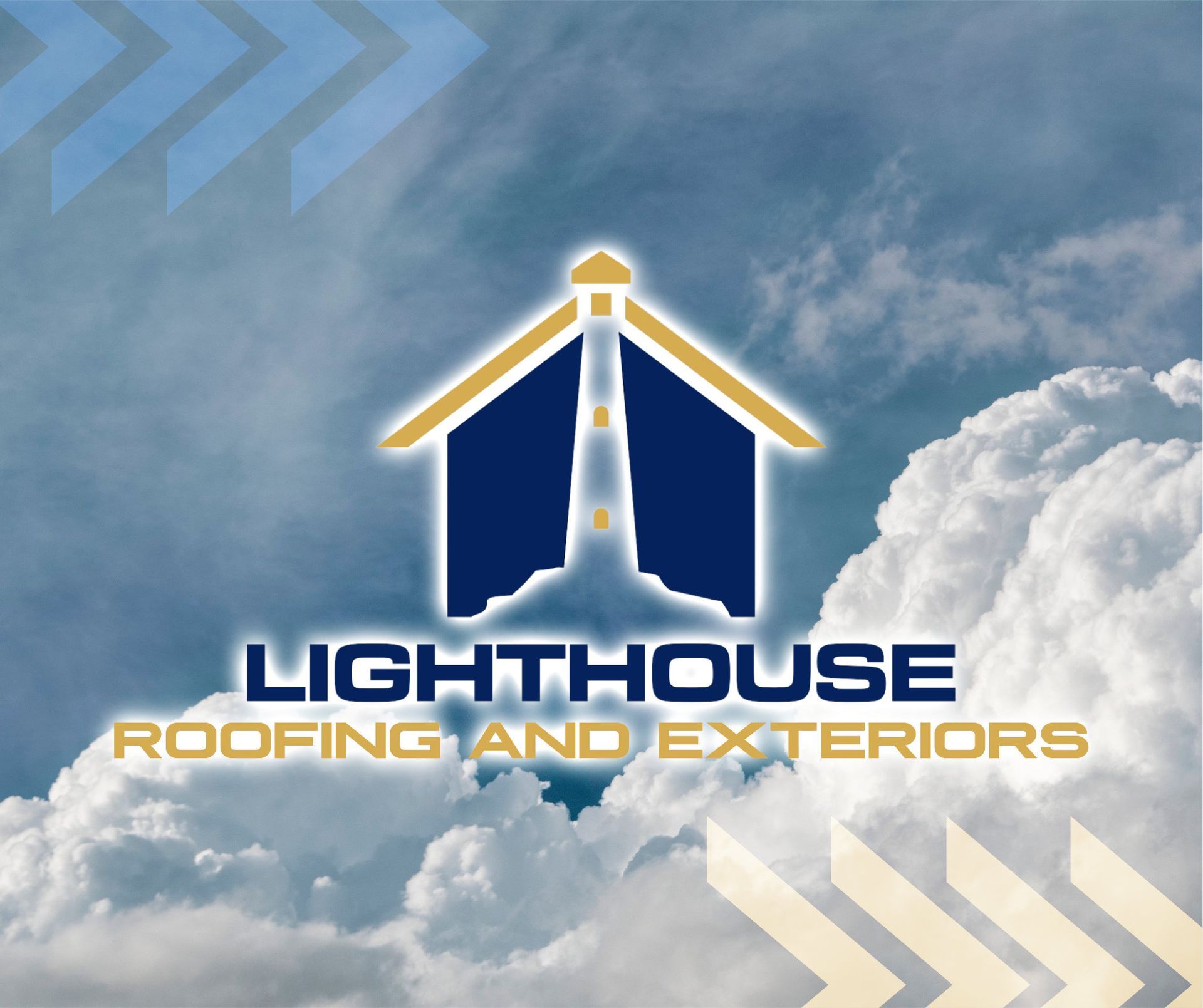
By Mitch Beard
•
December 23, 2024
How Weather in Middle Tennessee Affects Your Roof’s Lifespan Middle Tennessee's climate presents a unique set of challenges for homeowners, particularly concerning the longevity of roofing systems. Understanding how local weather patterns impact your roof can help in making informed decisions about maintenance and replacements. Climate Challenges in Middle Tennessee Middle Tennessee experiences a humid subtropical climate characterized by: Hot Summers: Temperatures often soar into the 90s°F, leading to thermal expansion and contraction of roofing materials. Cold Winters: While not as severe as in northern regions, winter temperatures can drop below freezing, causing potential issues like ice dams. High Humidity: Elevated moisture levels can promote mold growth and deteriorate roofing materials over time. Severe Storms: The region is prone to thunderstorms, heavy rainfall, and occasional tornadoes, all of which can inflict significant damage on roofs. Impact on Roof Lifespan The combination of these weather conditions can accelerate the aging process of your roof: Thermal Stress: Repeated heating and cooling cause roofing materials to expand and contract, leading to cracks and structural weaknesses. Moisture Damage: Persistent humidity and precipitation can seep into cracks, promoting rot, mold, and mildew, which compromise the roof's integrity. Wind Damage: Strong winds from storms can lift shingles or cause debris to strike the roof, leading to immediate damage and reducing overall lifespan. Average Roof Lifespan in Tennessee The lifespan of a roof in Tennessee varies based on the materials used: Asphalt Shingles: Typically last 15 to 30 years. Architectural Shingles: Offer a longer lifespan, ranging from 25 to 30 years. Metal Roofs: Can endure for 40 to 70 years, depending on the specific material and maintenance. Tile and Slate Roofs: Known for their durability, these can last up to 50 years with proper maintenance. Roof Replacement Costs in Tennessee When considering a roof replacement, it's essential to factor in the costs associated with different materials: Asphalt Shingles: The average cost for a new asphalt shingle roof in Tennessee ranges from $10,000 to $14,000 for a standard 3-bedroom, 2-bathroom home. Architectural Shingles: These higher-quality shingles may increase the cost slightly, averaging around $15,000 to $20,000. Metal Roofs: The cost varies significantly based on the type of metal; for example, standing seam metal roofs can cost between $16.00 per square foot, while copper roofs range from $30.00 to $50.00 per square foot. Slate Roofs: These premium roofs are among the most expensive, with costs varying widely based on the specific materials and installation requirements. Mitigating Weather Effects To extend your roof's lifespan despite Middle Tennessee's challenging weather: Regular Inspections: Schedule professional inspections at least twice a year and after major storms to identify and address damage promptly. Proper Ventilation: Ensure your attic has adequate ventilation to reduce heat buildup and moisture accumulation. Quality Materials: Invest in high-quality, weather-resistant materials suitable for the local climate. Timely Repairs: Address minor issues immediately to prevent them from escalating into major problems. Conclusion Middle Tennessee's diverse weather conditions can significantly impact your roof's lifespan. By understanding these effects and investing in regular maintenance and quality materials, you can protect your home and maximize the longevity of your roofing system. For personalized advice and professional roofing services, consider consulting with local experts who understand the specific challenges posed by Middle Tennessee's climate. Cited Sources: Yellowhammer Roofing Daniel Hood Roofing Systems Smith Roofing Service Falcon Roofing Bill Ragan Roofing
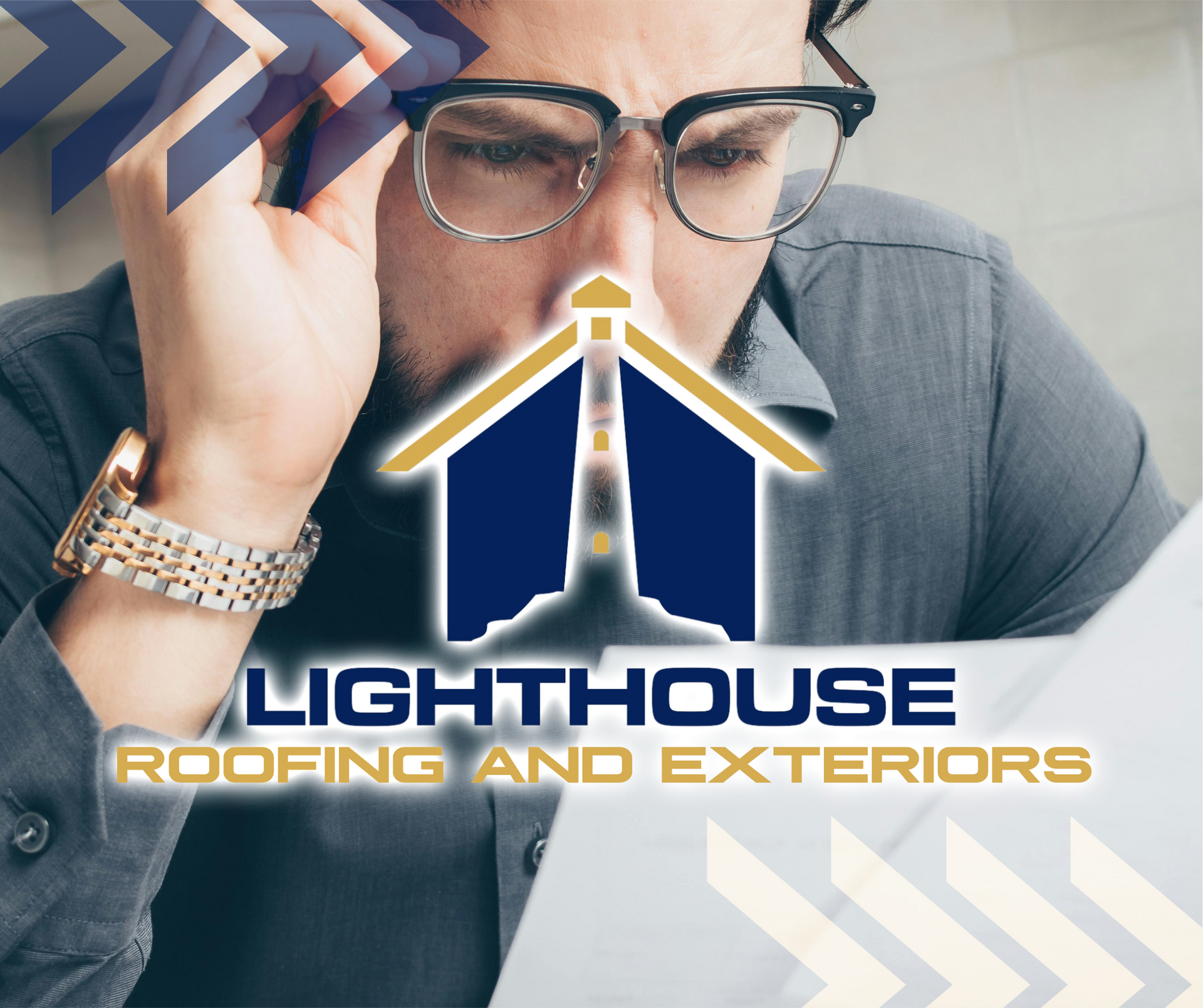
By Mitch Beard
•
December 9, 2024
3 Common Roofing Scams and How to Avoid Them Your roof is one of the most important parts of your home, so it's no wonder homeowners are quick to act when roofing issues arise. Unfortunately, scammers often take advantage of this urgency, leaving homeowners with subpar work or, worse, no repairs at all. Protecting yourself from roofing scams is crucial, especially here in Middle Tennessee, where severe weather can create opportunities for fraudsters. Let’s take a look at five common roofing scams and how you can avoid them. Upfront Payment Scams In this scam, the roofer demands a large deposit upfront, promising to purchase materials and start the job quickly. Once they have your money, they disappear without doing the work. How to Avoid It: Be wary of contractors who ask for full payment or large deposits before starting. A legitimate company will have the resources to buy materials and will typically ask for payment in stages as the work progresses. “Low-Ball” Bids Everyone loves a good deal, but if a roofing contractor offers a quote far below others, it could be too good to be true. These scammers often use substandard materials or cut corners, leaving you with poor-quality work that may need costly repairs later. How to Avoid It: Get multiple quotes and compare them. If one bid is significantly lower, ask why. Check reviews, references, and the contractor’s reputation to ensure they deliver quality work. Unlicensed or Uninsured Contractors Unlicensed contractors may offer lower prices, but they lack the training, certifications, and insurance to protect you and your home. If an accident occurs or the work is done poorly, you’re left to deal with the consequences. How to Avoid It: Always ask for proof of licensing and insurance. Verify the contractor's information with local or state regulatory agencies. How to Protect Yourself Research Contractors Thoroughly : Look up reviews, check their Better Business Bureau rating, and ask for references from previous clients. Get Everything in Writing : Make sure contracts outline the scope of work, materials, costs, and timelines. Ask for Proof of Insurance : Confirm that the contractor has liability and workers' compensation insurance. Trust Local Experts : Choose a well-established roofing company in your area. Local contractors are familiar with the climate and building codes, and they’re more likely to stand behind their work. Why Choose Lighthouse Roofing and Exteriors? At Lighthouse Roofing and Exteriors, we’re proud to serve Middle Tennessee with integrity, transparency, and top-notch craftsmanship. Our team is fully licensed, insured, and committed to providing homeowners with reliable roofing and exterior services. Don’t let scammers take advantage of your home’s biggest asset. Call us today for a free inspection, or schedule online to work with a roofing team you can trust. Pro Tip: After severe weather, be proactive—schedule a roof inspection with a trusted professional before potential scammers have a chance to show up at your door. Stay safe and keep your home protected with Lighthouse Roofing and Exteriors! 🌟
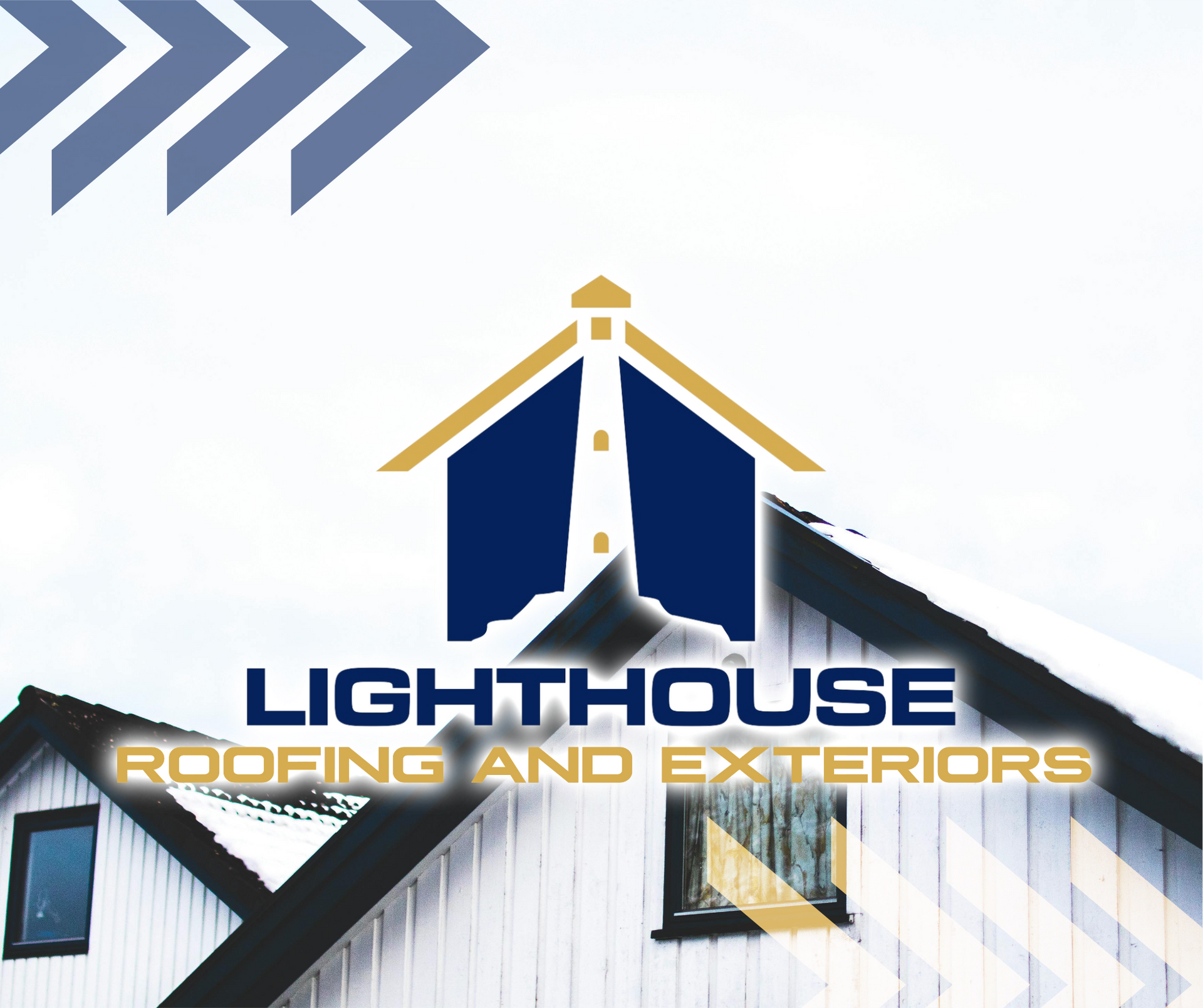
By Dillon Scott
•
November 25, 2024
Top 5 Signs Your Roof Needs Repair Before Winter Hits: A Guide for Middle Tennessee Homeowners As the leaves change color and the crisp autumn air settles in, it’s the perfect time to check your roof before the harsh winter weather arrives. In Middle Tennessee, winter can bring freezing temperatures, snow, and ice, all of which can be tough on your roof if it's not prepared. To help protect your home and ensure your roof is ready for the season ahead, here are the top 5 signs that your roof may need repair before winter hits. 1. Missing or Damaged Shingles Middle Tennessee is no stranger to severe storms, especially during the late summer and fall months. High winds, heavy rain, and hail can cause shingles to lift, crack, or even blow off completely. Missing or damaged shingles leave your roof vulnerable to water damage, especially as the wet, freezing conditions of winter set in. What to Look For: Shingles that are cracked, curled, or missing. Granules from shingles in your gutters (a sign they’ve worn down). Areas where shingles are lifting or completely gone. If you notice any of these signs, it’s important to have your roof inspected and repaired to prevent leaks and further damage during the colder months. 2. Leaks or Water Stains on the Ceiling If you've noticed water stains or drips on your ceiling, it could be a sign that your roof is leaking. Even a small leak can lead to major water damage over time, especially during winter when freezing temperatures and snow melt can exacerbate roof issues. Water can seep into your attic and cause mold, mildew, and structural damage to your home. What to Look For: Wet spots or water stains on your ceilings or walls. Damp insulation in your attic. Mold or mildew in your attic or ceilings. If you’ve spotted any of these signs, don’t wait until the first snowstorm hits—call a roofing professional to inspect and repair your roof before the damage worsens. 3. Damaged Flashing Around Chimneys, Vents, or Skylights Flashing is the material used to seal joints around chimneys, vents, skylights, and other roof protrusions. If flashing is damaged or deteriorated, water can seep into these vulnerable spots, leading to leaks. In Middle Tennessee, where rain and snow can quickly accumulate, damaged flashing is a major concern during the winter months. What to Look For: Rusted or cracked flashing around chimneys, vents, or skylights. Missing sections of flashing. Gaps where the flashing meets the roof. If your flashing is damaged, it’s essential to have it repaired to prevent leaks and water damage as the weather turns colder. 4. Sagging or Drooping Roof A sagging or drooping roof is a clear sign that your roof may have structural damage. This can be caused by several issues, such as water damage, rot, or an overload of debris. The weight of snow and ice during winter can make a sagging roof even more dangerous, so it’s important to address this issue before the cold weather arrives. What to Look For: Visible dips or sagging in your roof’s structure. Unevenness in the roofline. Soft spots in the attic or ceiling when walking on them. If your roof is sagging, it’s essential to contact a professional roofing contractor immediately to assess and fix the issue before it gets worse in the winter months. 5. Clogged or Damaged Gutters Gutters play a crucial role in directing water away from your roof and foundation. In Middle Tennessee, fall brings a lot of leaves and debris, which can quickly clog gutters and downspouts. Clogged gutters can lead to water pooling on your roof, which can cause ice dams, water leaks, and even roof collapse in extreme cases during winter. What to Look For: Overflowing gutters or water spilling over the sides. Visible debris, like leaves, twigs, or dirt, blocking the gutters. Sagging gutters that don’t drain properly. Cleaning out your gutters and repairing any damage before winter hits can save you from dealing with bigger roofing problems when the temperature drops. Why It’s Important to Act Now Waiting until the first snowstorm or freeze to address roofing issues can lead to costly repairs and damage. By addressing these signs before winter, you can prevent leaks, ice dams, and further damage caused by freezing rain and snow. Whether it’s repairing missing shingles, fixing flashing, or cleaning out gutters, tackling these issues now will give you peace of mind when the winter weather hits. At Lighthouse Roofing and Exteriors , we specialize in roofing repairs and replacements in Middle Tennessee. We understand the unique challenges our region faces, and we’re here to help you get your roof ready for the winter. Contact us today for a free roof inspection and ensure your home is prepared for the cold months ahead!
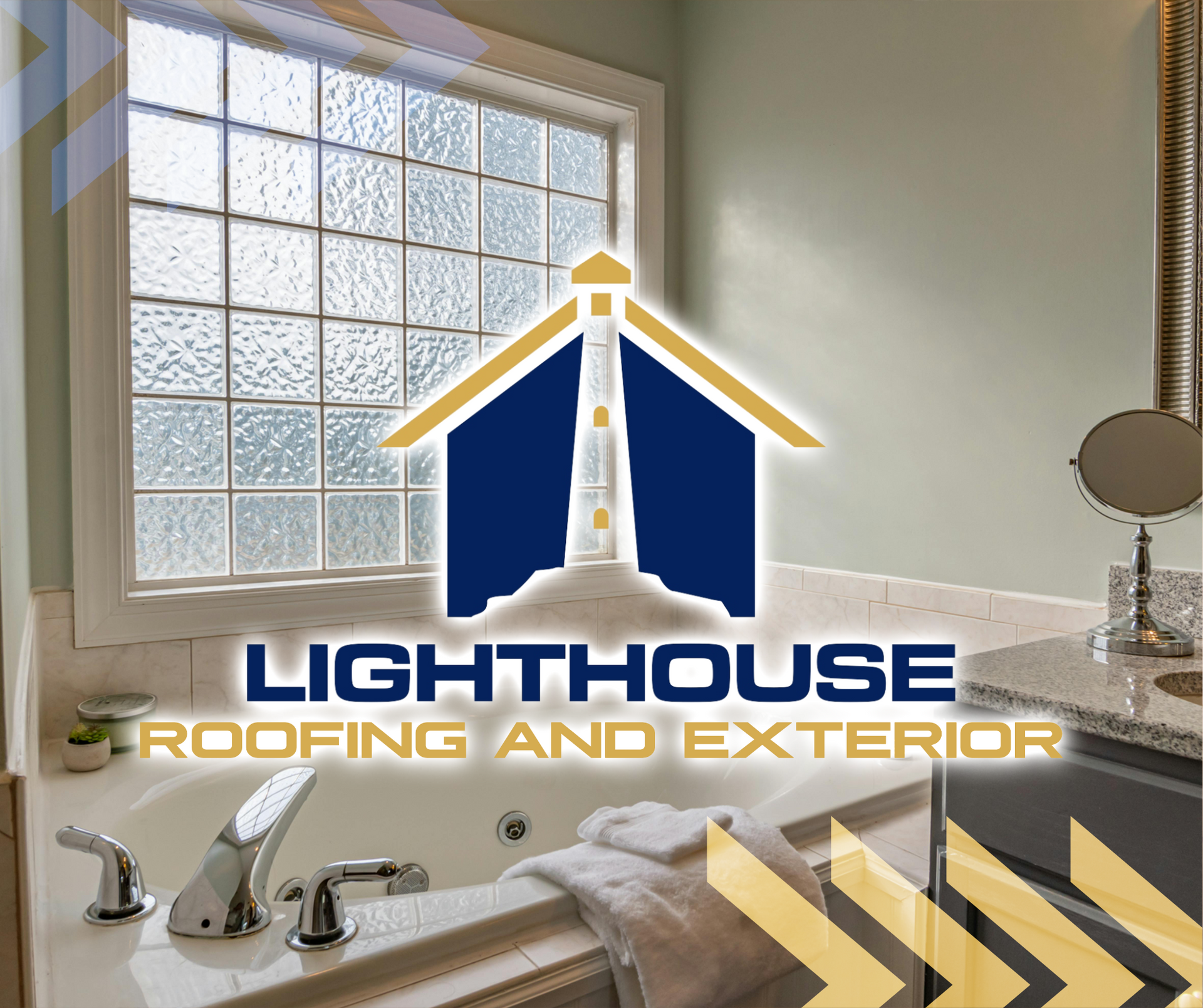
By Mitch Beard
•
October 21, 2024
A bathroom remodel is one of the best ways to enhance your home’s value, functionality, and comfort. However, the key to a successful remodel lies in choosing the right contractor. Here’s what you need to know before hiring a contractor for your bathroom renovation to ensure the project goes smoothly and you end up with the bathroom of your dreams. Experience Matters The first thing to consider when hiring a contractor is their experience, specifically in bathroom remodeling. While many contractors can handle general home renovations, bathroom projects require specific expertise due to the plumbing, electrical work, and moisture management involved. Ask the contractor: - How many bathroom remodels they’ve completed. - If they have a portfolio or photos of their previous work. - How long they’ve been in the remodeling industry. Contractors with plenty of experience will have a proven track record, which means you’re more likely to get high-quality results. Licensing and Insurance Your contractor should be properly licensed and insured to protect both you and your home. A licensed contractor ensures they are following local building codes and regulations, while insurance protects you in case of accidents or damages during the project. When interviewing potential contractors, ask for: - Proof of licensing in your state. - Proof of liability insurance and worker’s compensation. Working with an unlicensed or uninsured contractor can lead to legal and financial headaches down the road, so it’s essential to verify these credentials upfront. Get a Detailed Estimate A trustworthy contractor should provide a detailed estimate that breaks down the costs of the project. This estimate should include labor, materials, permits, and any potential additional fees. It’s important to: - Ask for an itemized estimate to understand where your money is going. - Inquire about how unforeseen issues (such as plumbing repairs or structural problems) will be handled. - Clarify the payment schedule, so there are no surprises. Be wary of contractors who offer very low estimates—they may cut corners or hit you with unexpected costs later. Timeline and Communication A bathroom remodel can disrupt your daily life, so knowing the timeline for your project is crucial. A professional contractor should be able to provide a clear schedule, including: - The start date and estimated completion date. - Milestones, such as demolition, plumbing, tile installation, and finishing touches. - How they will communicate progress and any delays. Good communication is key throughout the remodeling process. Make sure your contractor is responsive to questions and concerns and is willing to provide regular updates. References and Reviews One of the best ways to gauge a contractor’s reliability is by checking their references and reviews. Ask for: - A list of past clients you can contact. - Online reviews on platforms like Google, Yelp, or Houzz. Talking to previous customers can give you insights into the contractor’s professionalism, timeliness, and the quality of their work. Look for feedback on how the contractor handled challenges or unexpected issues during the remodel. Design Support Bathroom remodels are not just about functionality—they’re about creating a space that looks and feels great. Some contractors offer design support or work closely with designers, while others expect you to handle that part. Make sure you know: - Whether your contractor can provide design recommendations or if you’ll need to hire a separate designer. - If they can show you samples of materials, fixtures, and finishes to help you make decisions. - Whether they’re open to collaborating on your vision or if they have set design preferences. Working with a contractor who understands your style and vision will ensure your bathroom remodel matches your expectations. Warranty and Follow-Up A reputable contractor should stand by their work and offer a warranty for both materials and labor. Ask about: - The length and terms of the warranty. - How they handle post-project issues, such as minor adjustments or repairs after completion. A contractor who offers a solid warranty shows confidence in their work and provides peace of mind that any issues will be resolved promptly. Contract and Permits Before starting any work, ensure you have a written contract that outlines the project’s scope, costs, and timeline. The contract should cover: - The exact work being done. - The payment schedule. - Any warranties or guarantees. - The process for handling changes or unforeseen issues. Additionally, ask your contractor if they’ll handle obtaining any necessary permits. Failing to get the proper permits can lead to delays and legal issues, so make sure your contractor is knowledgeable about local regulations. Final Thoughts A bathroom remodel is a significant investment in your home, and choosing the right contractor is essential to getting the results you want. By asking the right questions, verifying credentials, and ensuring clear communication, you’ll be able to find a contractor you can trust to bring your vision to life. At Lighthouse Roofing and Exterior, we’re proud to offer reliable, professional remodeling services you can count on. From roofing to bathrooms, we take care of your home as if it were our own. Ready to get started on your remodel? Contact us today for a consultation!
Need a replacement, but not ready to pay?
Lighthouse Roofing now offers roof financing!
Leave Us a Review on Google
Have you been satisfied with your project from Lighthouse Roofing? Leave us a Google review! Click below to get started.
Lighthouse Roofing is proud to serve Middle Tennessee and the following areas: Dickson, Nashville, Clarksville, Brentwood, Franklin, Gallatin, Belle Meade, Columbia, Spring Hill, Murfreesboro, White Bluff, Fairview, Thompson's Station & more.
Contact Us
info@lighthouseroofs.com
© 2025
